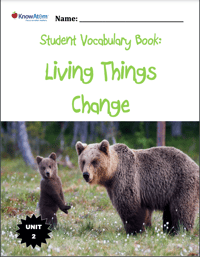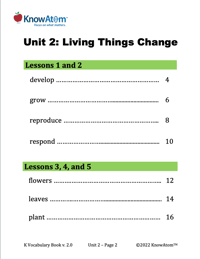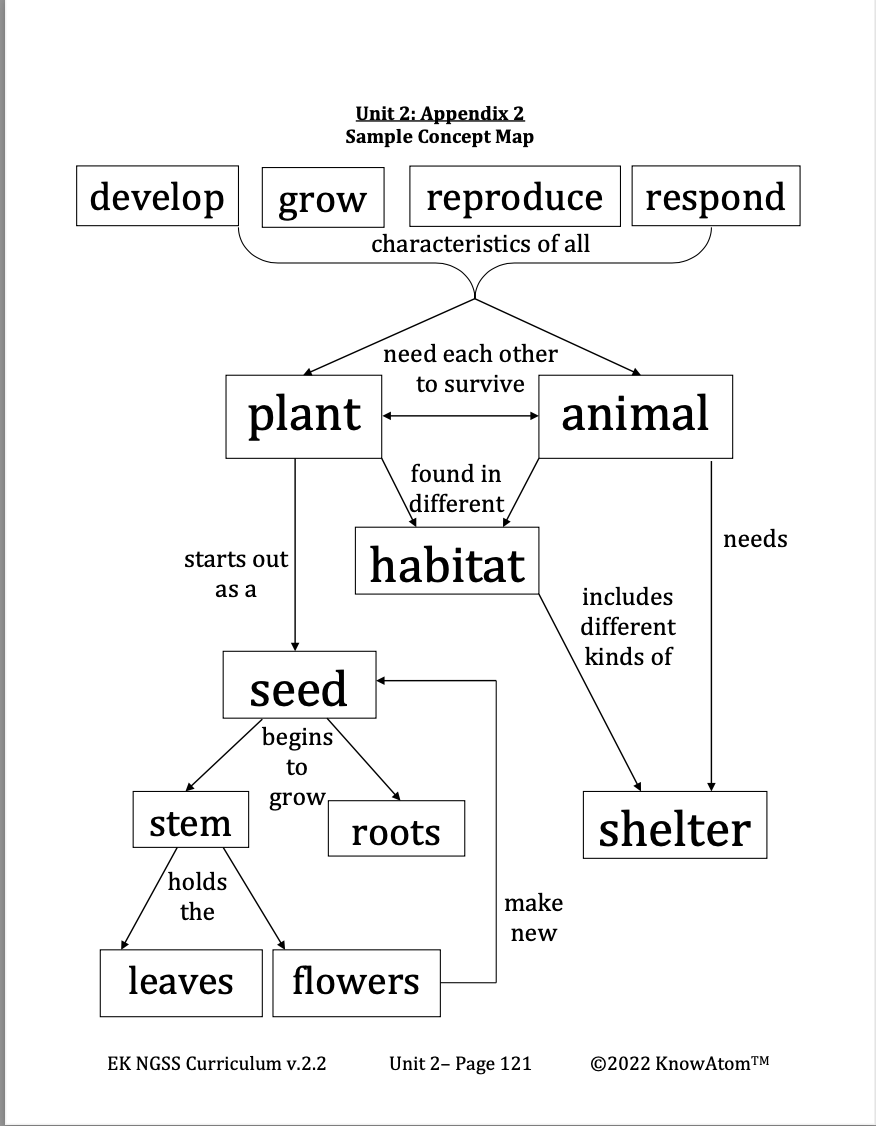In this lesson, students sort and compare living, nonliving, and once-living things. They discuss images of various objects to determine how to categorize them according to their characteristics. Through this process, students are encouraged to ask questions and share their discoveries with their peers to expand on their learning of life science.







